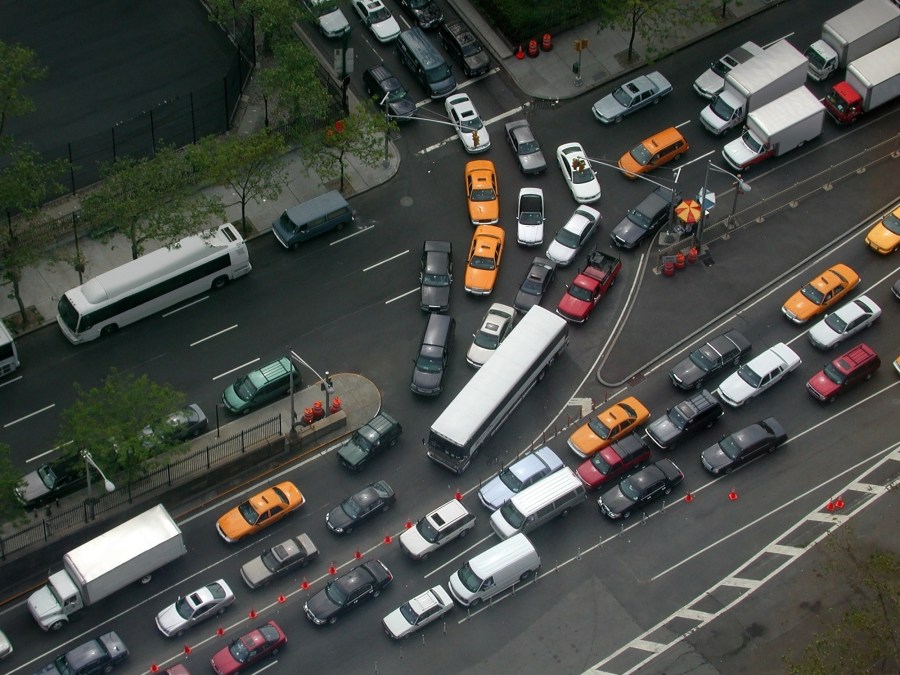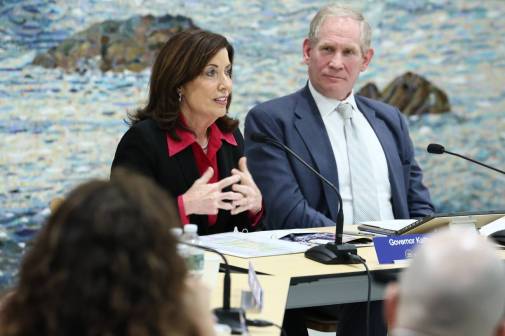MTA approves congestion pricing plan, with vehicle detection technology

The Metropolitan Transportation Authority Board, which oversees public transportation in New York City and the tri-state area, on Monday approved a congestion pricing plan that will debut the state’s new tolling system, which includes detection points to identify all vehicles.
Starting Jan. 5, passenger vehicles, motorcycles, trucks and non-commuter buses entering the city’s Manhattan central business district, below 60th street, will pay a $9 toll fee, a 40% decrease compared to the $15 toll fee initially proposed earlier this year.
“At each detection point, cameras and E-ZPass readers are installed that capture of vehicle information from all traffic lanes. These enclosures would house the license plate reader cameras, illuminators, and antenna,” Aaron Donovan, a spokesperson for MTA, told StateScoop via email.
The city estimates the congestion pricing will help generate $15 billion for the MTA’s proposed 2025-2029 Capital Plan, which would spend a total of $68.4 billion to reduce congestion and air pollution citywide, as well as install modern signal systems on subway lines, purchase new electric buses and make accessibility improvements at more than 20 transit stations.
The MTA is the largest transportation network in North America, serving a population of 15.3 million people across a 5,000-square-mile travel area surrounding New York City, Long Island, southeastern New York State and Connecticut.
Gov. Kathy Hochul paused her original congestion pricing plan earlier this year after pushback from officials and city residents.
“As I said from the start, a $15 toll was just too high in this economic climate. That’s why our plan cuts the daytime toll to $9 for cars,” Hochul said in the announcement. “By getting congestion pricing underway and fully supporting the MTA capital plan, we’ll unclog our streets, reduce pollution and deliver better public transit for millions of New Yorkers.”






